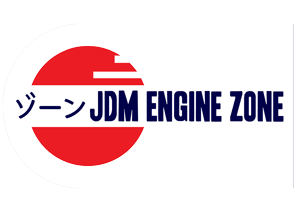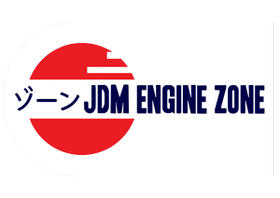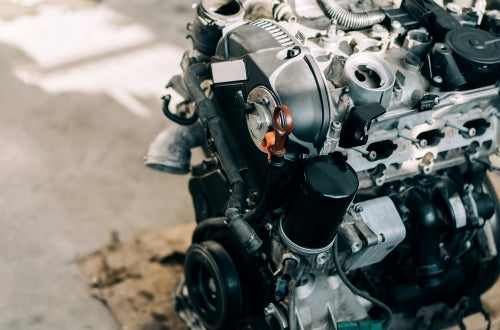How Japanese Cars Became Widespread in US During 70s
How Japanese Cars Became Widespread in US During 70s

Japan has been producing some of the most loved cars worldwide, and the United States has not been an exception. It is thus worth understanding how Japanese automakers emerged and became prevalent in the US and specifically during the 70s. Surprisingly, Japan's automobile industry, which begun humbly in the early 20th century, rose to dominate the US market in record time. The market infiltration of Japanese cars posed little challenge to the once-dominant US auto industry. So, how did the Japanese cars become widespread in the US during the 70s?
Brand Marketing Strategy
The Japanese car makers had an excellent marketing strategy that involved targeting the US economy's weak points such as gas guzzler cars and fuel prices. These manufacturers introduced smaller, fuel-efficient, and more reliable cars that eased the financial strain on US car owners. In response, the US automakers were slow to transition to smaller, compact cars, considering the various factors such as the infrastructure, the urban sprawl, and most importantly, the driving habits of Americans. The US automakers also focused more on producing luxury cars, which appealed only to the affluent market segment and neglected to address the average consumers' needs.
Quality and Technology

Japanese automakers were renowned for producing cars that had excellent quality and innovative technologies at an affordable price. In contrast, the US cars were known for their frequent breakdowns, inferior technologies, and overbearing prices. Japanese car manufacturers rocked the market by producing vehicles that provided the best features such as fuel efficiency, durability, and affordable servicing. In addition, Japanese cars qualified for the strict emission control regulations and grew increasingly popular compared to the lower quality US models.
Trade Control Improvements

Another factor behind the success of the Japanese car makers in the US market was the removal of the trade control limitations between Japan and the US that enacted in the earlies 60s. After this, Japanese automakers became more comfortable in importing their products, and Japanese auto products gained an entry into the US market. The imposed trade agreements regulating the Japan-US automotive relationship pushed the Japanese automakers towards manufacturing automobiles that meet the American consumer's needs.
In conclusion, the Japanese automakers became the dominant automobile manufacturers in the US during the 70s because of their exceptional marketing strategies, quality vehicles, and innovative technology at affordable prices. Furthermore, the Japanese automakers utilized the released trade agreements between Japan and the US to penetrate the US market and transform the industry's market share. The US automakers' inability to see the demand shift towards fuel-efficient and affordable cars put them at a disadvantage and allows the Japanese automakers to take over the US market. To this day, Japanese cars remain popular in the US, and their sales are continuously growing worldwide.




